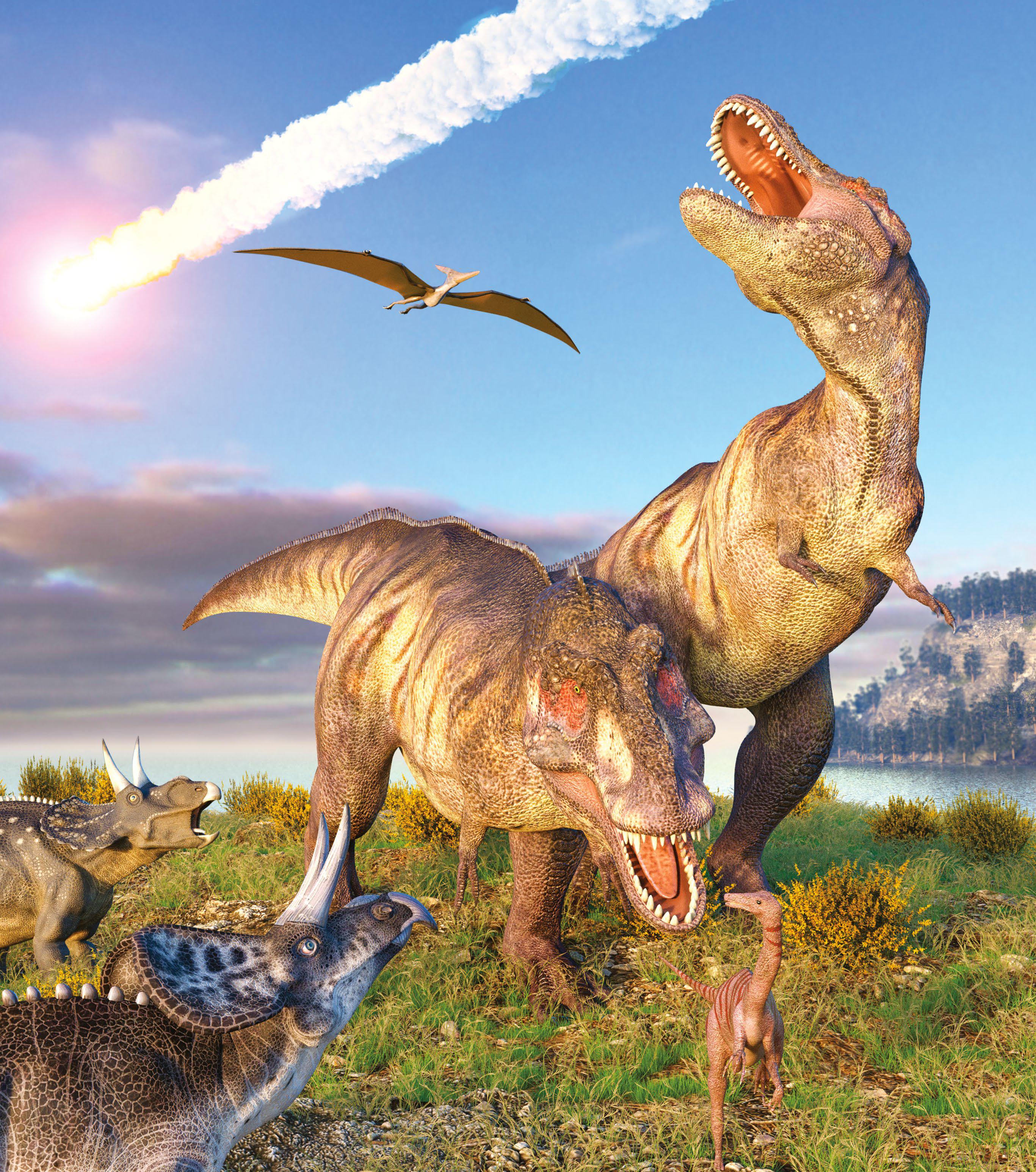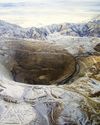What killed the dinosaurs?

Scientists have called it the K-T event (or Cretaceous-Tertiary extinction event), when entire species of reptile-like dinosaurs, which had lived on Earth for 230 million years, vanished. Researchers agree that this mysterious event happened around 66 million years ago, but they remain undecided as to the reasons why.
The Alvarez Hypothesis
The theory that has been most popular over the years is called the Alvarez Hypothesis, which argues that a meteor the size of a mountain collided with the Earth 66 million years ago. The collision released a huge amount of dust and debris, which blocked out the Sun and caused temperatures to plunge below freezing. This led to the extinction of non-avian dinosaurs (dinos not related to birds), and many other species.
Bu hikaye The Week Junior Science+Nature UK dergisinin Issue 61 sayısından alınmıştır.
Start your 7-day Magzter GOLD free trial to access thousands of curated premium stories, and 9,500+ magazines and newspapers.
Already a subscriber ? Giriş Yap

Bu hikaye The Week Junior Science+Nature UK dergisinin Issue 61 sayısından alınmıştır.
Start your 7-day Magzter GOLD free trial to access thousands of curated premium stories, and 9,500+ magazines and newspapers.
Already a subscriber? Giriş Yap

SECRETS OF THE SEAS
Take a deep dive beneath the waves as Melissa Hobson reveals the incredible animals that live in our seas.

Controlling the weather
Is technology being used to change the weather, or is it science fiction?

NEXT STOP: THE FUTURE
All aboard as JD Savage takes the fast track through 200 years of train travel.

The race is on between robots and humans
Twenty-one robots competed against human runners in the Yizhuang half-marathon in Beijing, China in April.

Growing baby corals
Meet the UK scientists giving breeding corals a helping hand.

Could you dig all the way through the planet?
Learn the science behind digging a giant hole.

Fabien Cousteau
Meet the ocean explorer who plans to build a futuristic base under the sea.

Gladiators fought big cats for entertainment
Scientists have found the first physical evidence in Europe that Roman gladiators fought lions.

HEADSCRATCHERS
Hi, I'm Pete, and I love science and the natural world. I work with the Royal Institution (Ri) in London, where you can find exciting, hands-on science events for young people.

Life on another planet?
Scientists have found molecules (groups of atoms) that could point to life on another planet.
